How to Configure Proxy in a Browser
Overview
SafeSquid Proxy Service has a browser-based intrinsic WebGUI, that allows users to configure, and manage its various features. To access the Interface, you must configure your web browser to use the SafeSquid® proxy server. You should be able to access the WebGUI with the URL -- http://safesquid.cfg
Set Proxy in Chromium-based browser Via System Settings
Here we will configure a proxy in the Chrome browser
Open Chrome browser settings from the browser toolbar

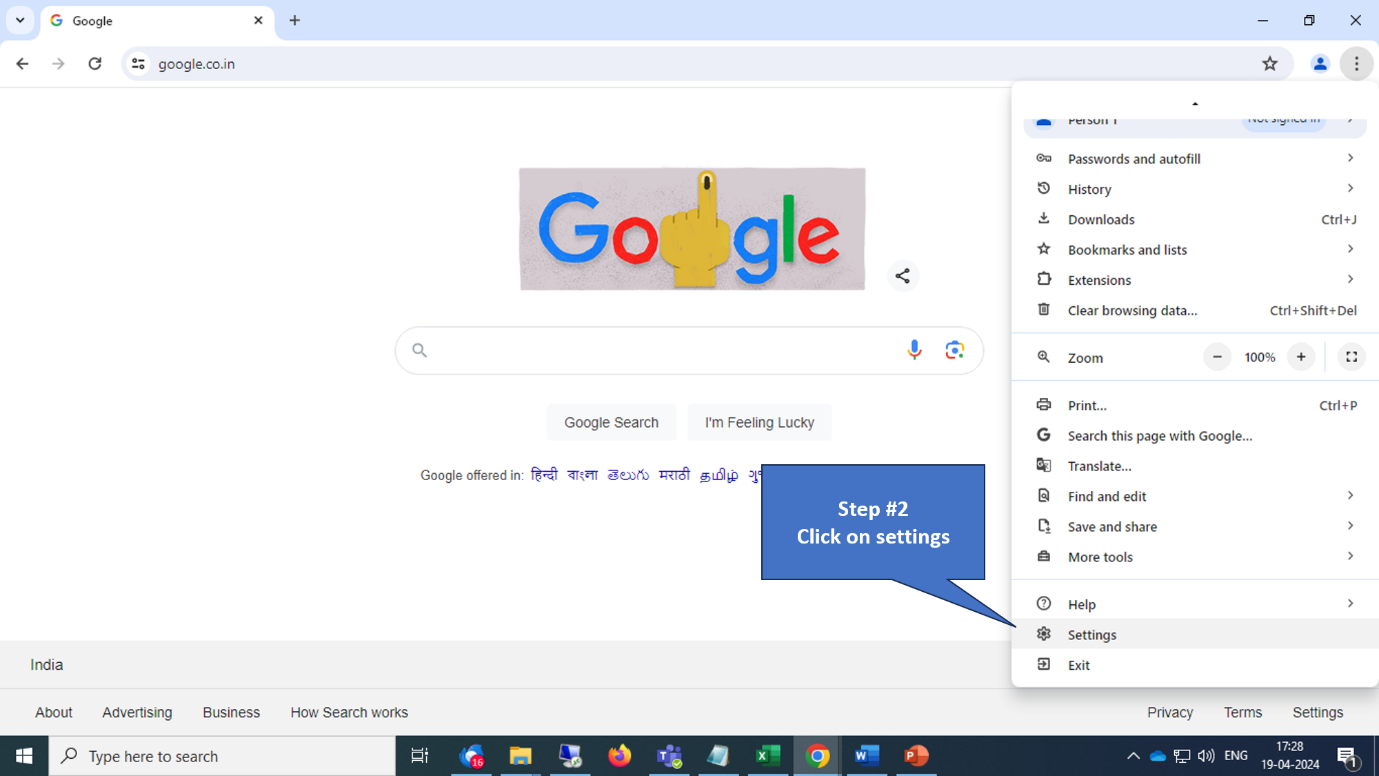
Click on the System tab in Settings.
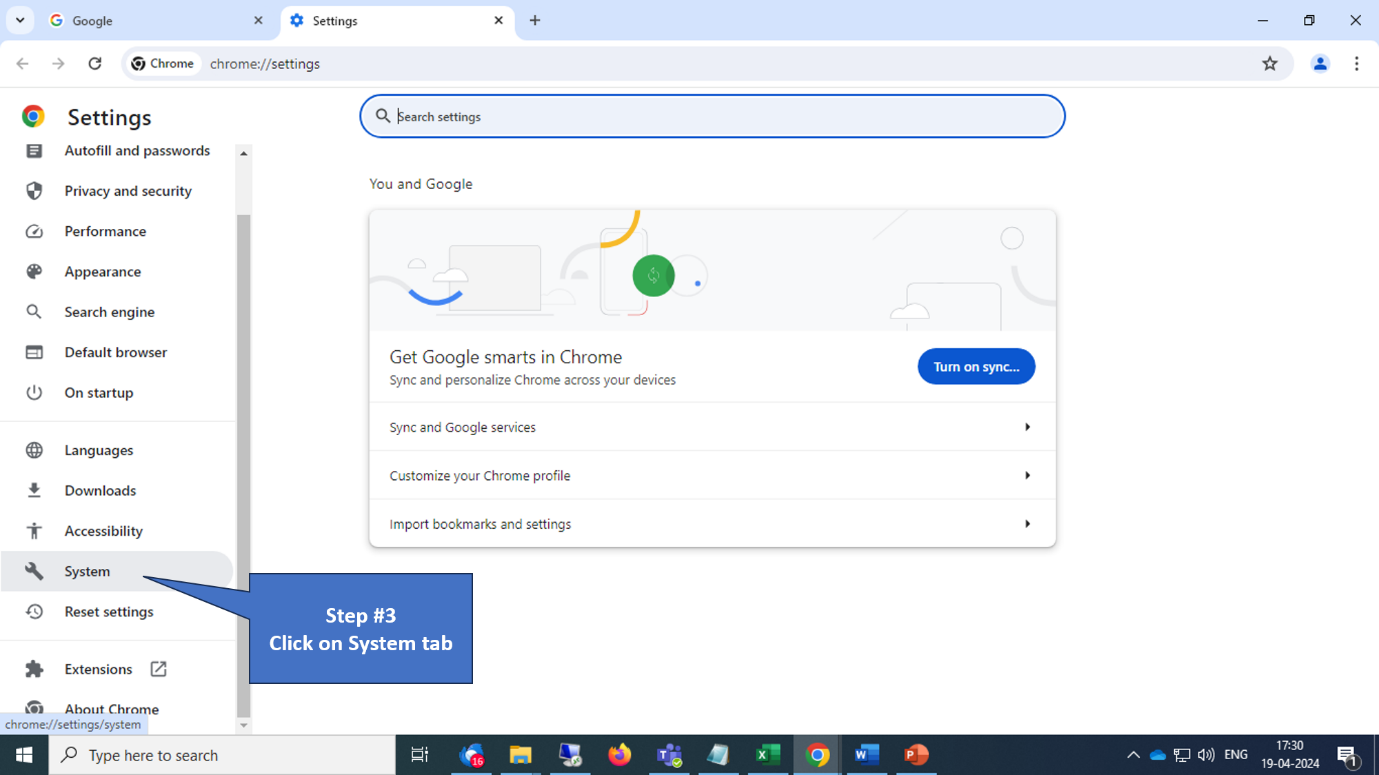
OR
You can search "proxy" in the search bar.
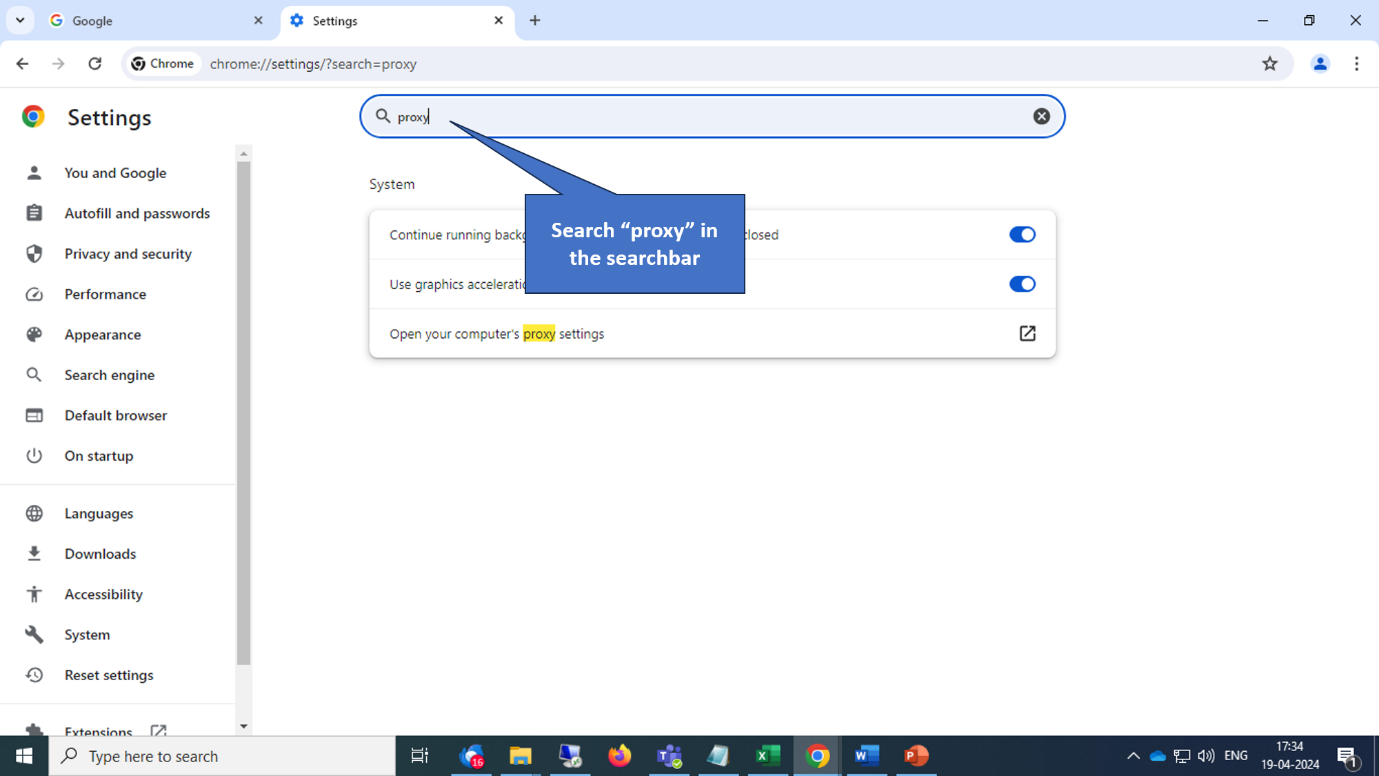
Open the computer's proxy settings.

It will take you to your computer's proxy settings
Turn on the "Use a proxy server" button

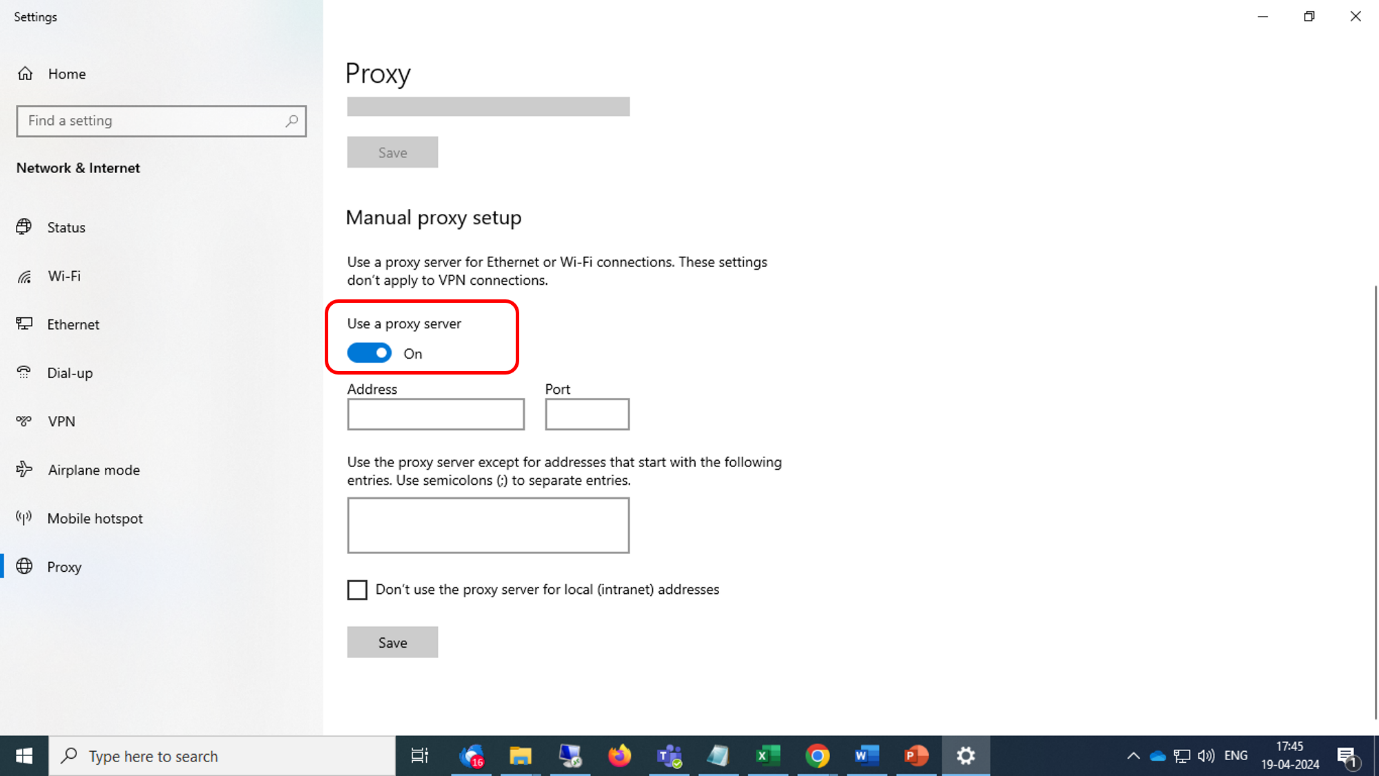
Enter your proxy information i.e. IP address of your proxy server and Port number 8080
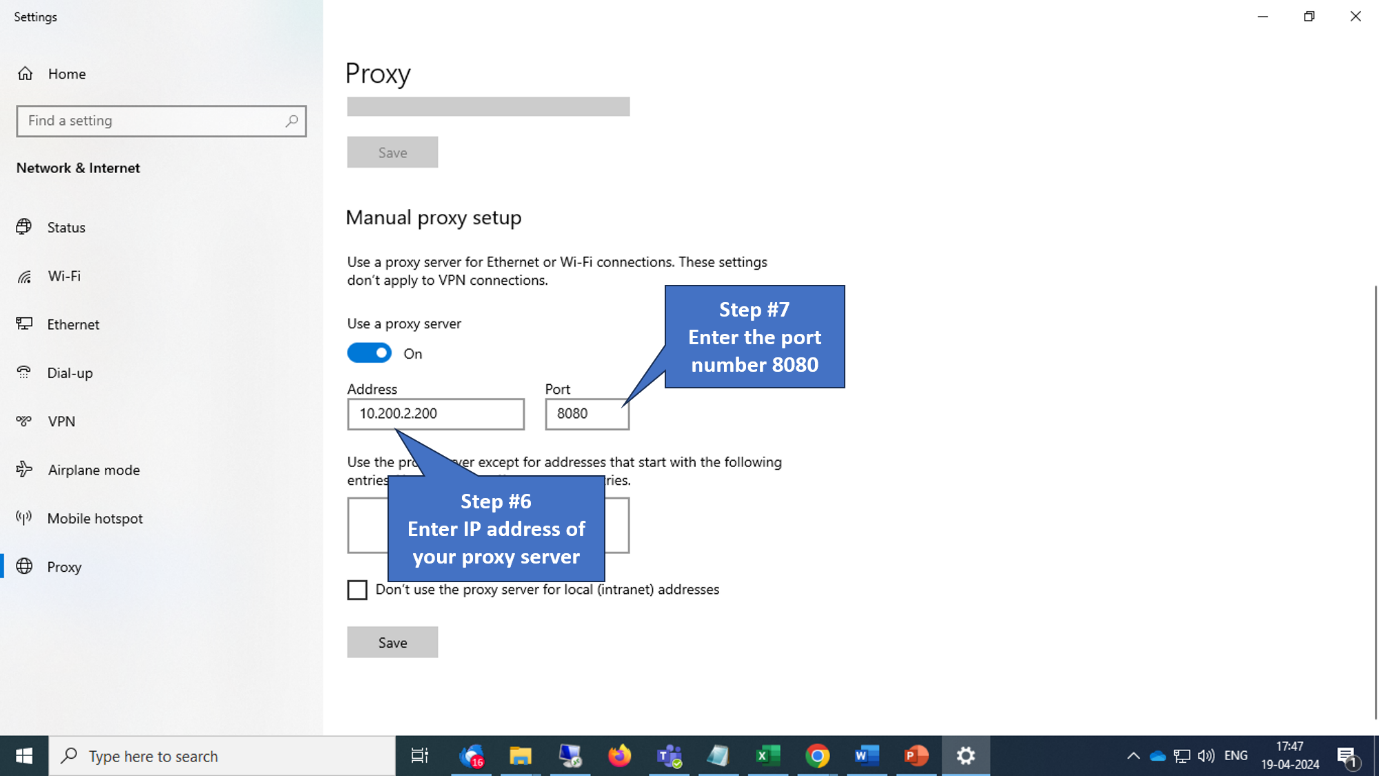
Notice the next field: Here, you can input a list of domain names and IP addresses to connect to without a proxy. For instance, if you don't want to use proxies when connecting to
infatica.io,
192.158. 1.38, and
Any IP address that starts with 127.
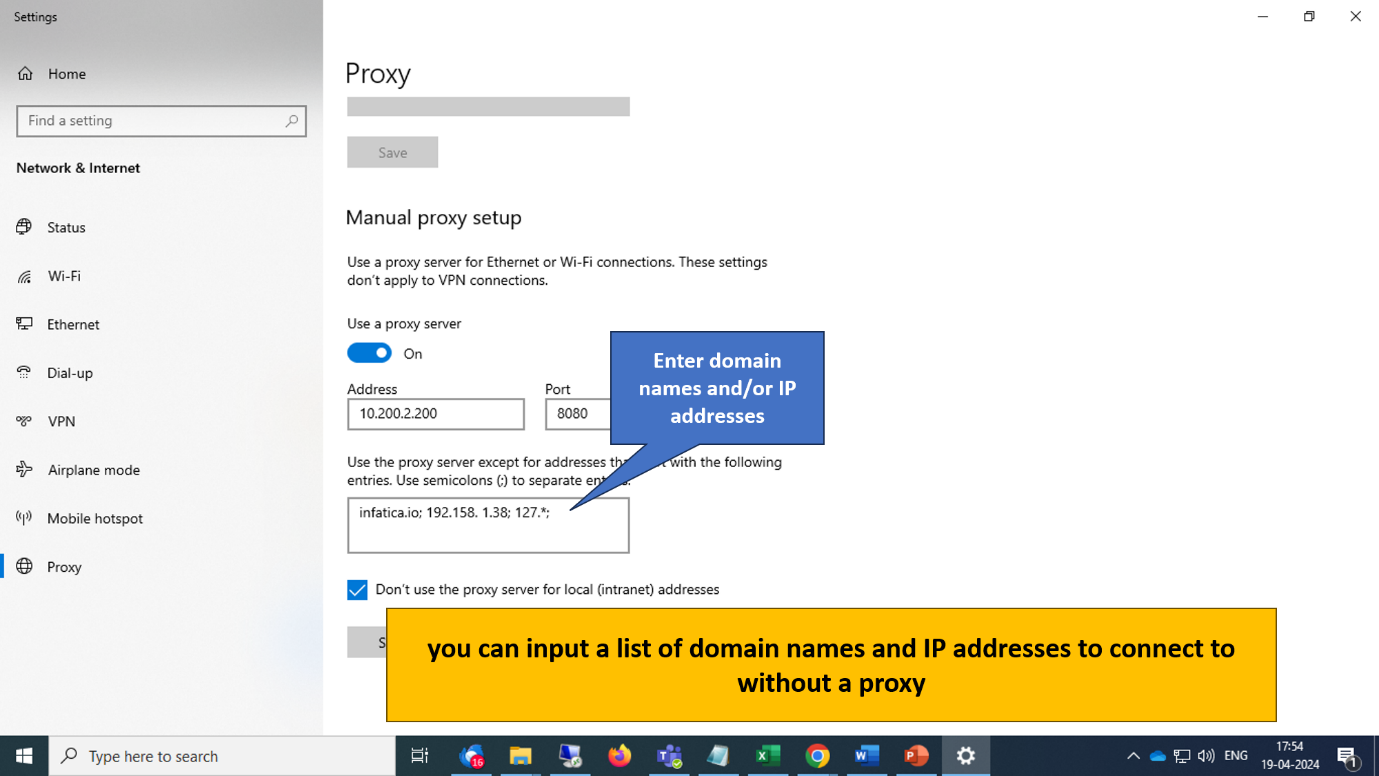
OR
You can leave it blank
Click on save

Configure proxy specifically for Mozilla Firefox
Mozilla Firefox offers the option to configure a proxy specifically for the browser without affecting the system-wide settings. Here's how you can do it:
Open Firefox and click on the menu button (three horizontal lines) in the top right corner

Click on settings
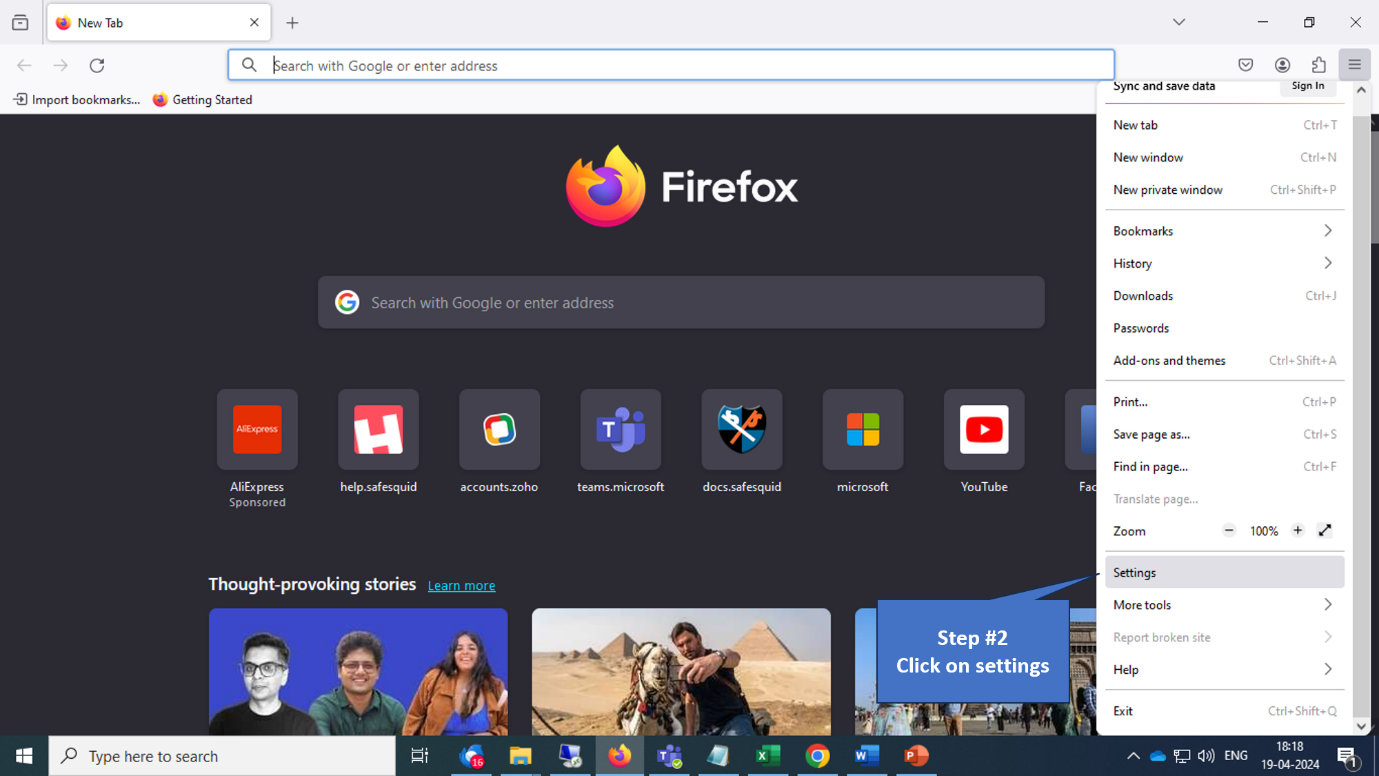
In the "General" section, Scroll down to the "Network Settings"

Click on the "Settings" button
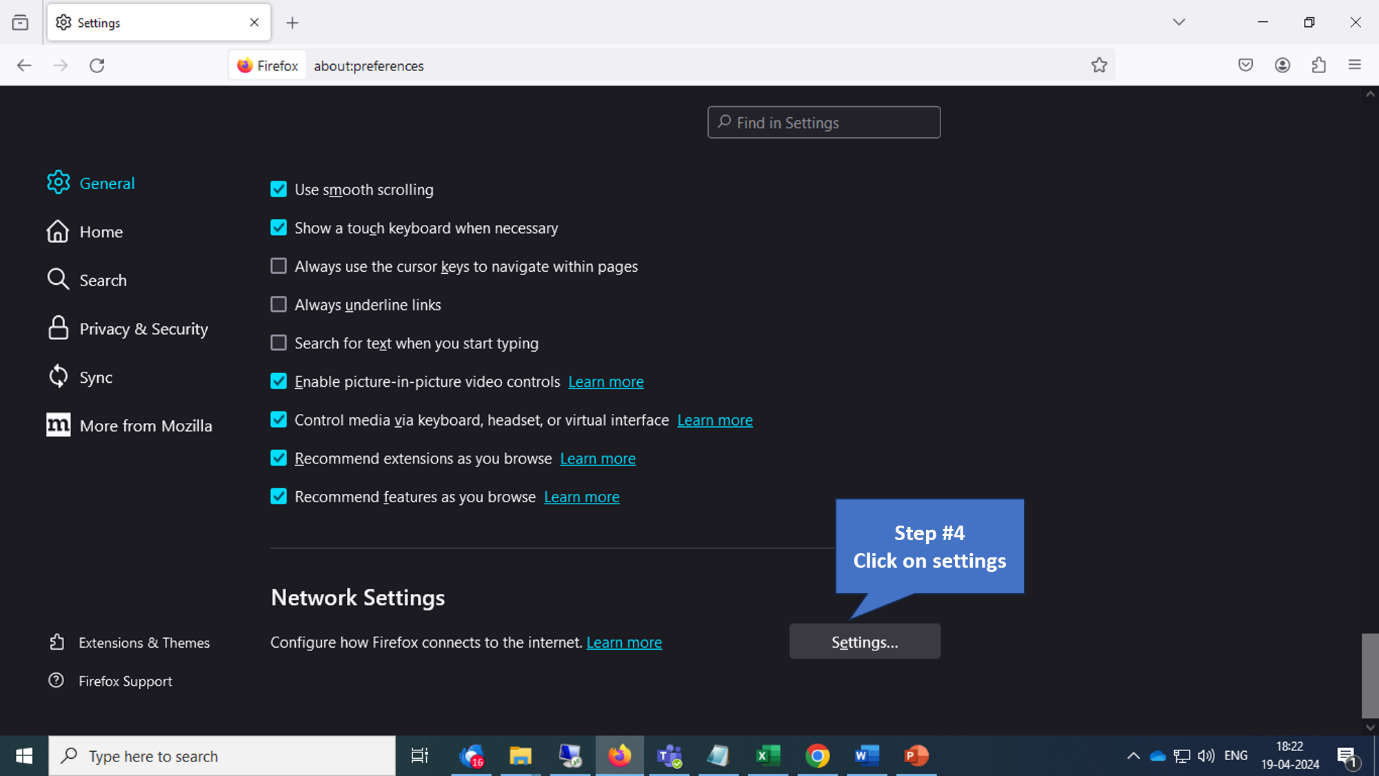
Now, you'll see options for configuring your proxy settings specifically for Firefox.
Select the "Manual proxy configuration" radio button
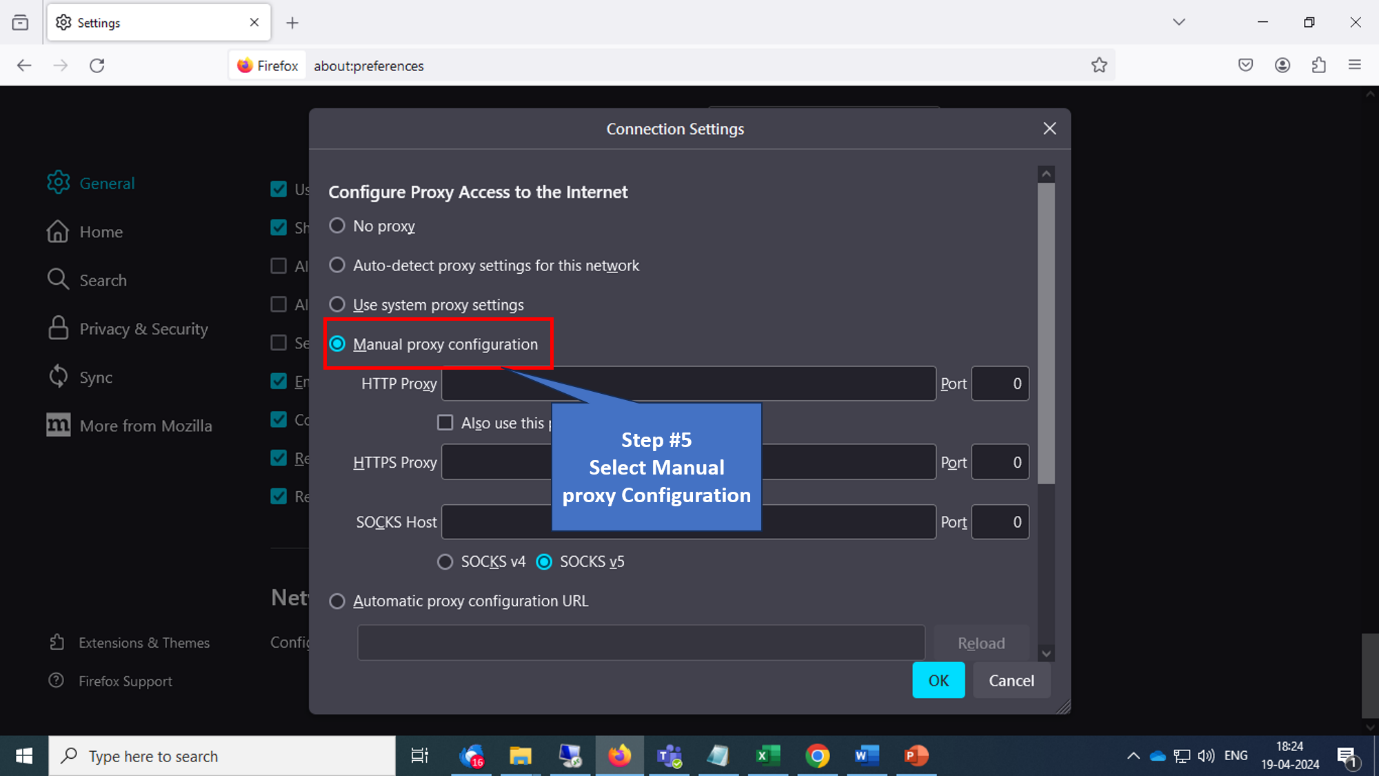
Enter the proxy server address and port number in the respective fields

Click "OK" to save your changes
